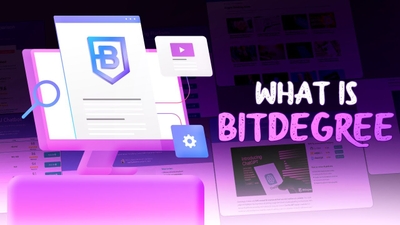Free Airdrop Season 7 is LIVE! Answer fun questions or do simple tasks to earn rewards from the $30K BitDegree prize pool. Participate Now ! 🔥
Developers Face Issues when Executing Ethereum Shanghai Upgrade on Testnet
During the much-anticipated Ethereum Shapella testnet, developers identified several issues. Will they delay the mainnet rollout?
In a March 15th tweet, Ethereum core developer Tim Beiko announced that the Shapella hard fork had been executed on the Goerli testnet. The hard fork represents a major stepping stone for better scalability of the Ethereum network.
The trial on the Goerli testnet was executed to confirm that everything works as planned before validators can withdraw their Ether (ETH).

Did you know?
Subscribe - We publish new crypto explainer videos every week!
Crypto Research Fundamentals: How to DYOR (Animated Explainer)


However, some issues were identified during the upgrading process. According to Beiko, some validators failed to upgrade their client software for the fork.
Beiko noted that these validators had no incentive to upgrade since the Goerli testnet had no real-world value. He urged validators to upgrade their client software before the mainnet deployment properly.
On top of that, Tim Beiko highlighted that another reason for the issues may be that a large quantity of "withdrawal credential changes processed right at the fork." In its Twitter message, Beiko noted:
Given this is the first time people can submit those changes, there are many more that need to be processed, which can lead to missed blocks/attestations on low-resource nodes. Again, this is something that might be worse on Goerli than mainnet, as it's more likely those nodes are being run with less resources than mainnet ones.
The rollout on the mainnet will see the ETH stored in the Beacon Chain moved to the execution layer. It brings Ethereum closer to a full proof-of-stake blockchain network. For now, developers can test their smart contracts on the testnet using GoETH, the testnets crypto coin.
Safeguards have been implemented to prevent a mass selloff of ETH once they are moved to the execution layer. Stakers will only be allowed to withdraw their accrued ETH. The initial 32-staked ETH will remain locked on the mainnet. In the future, the figure will change to 0.32.
With the successful test on the Goerli testnet concluded, the Shapella hard fork is expected to go live on the mainnet in early April.























